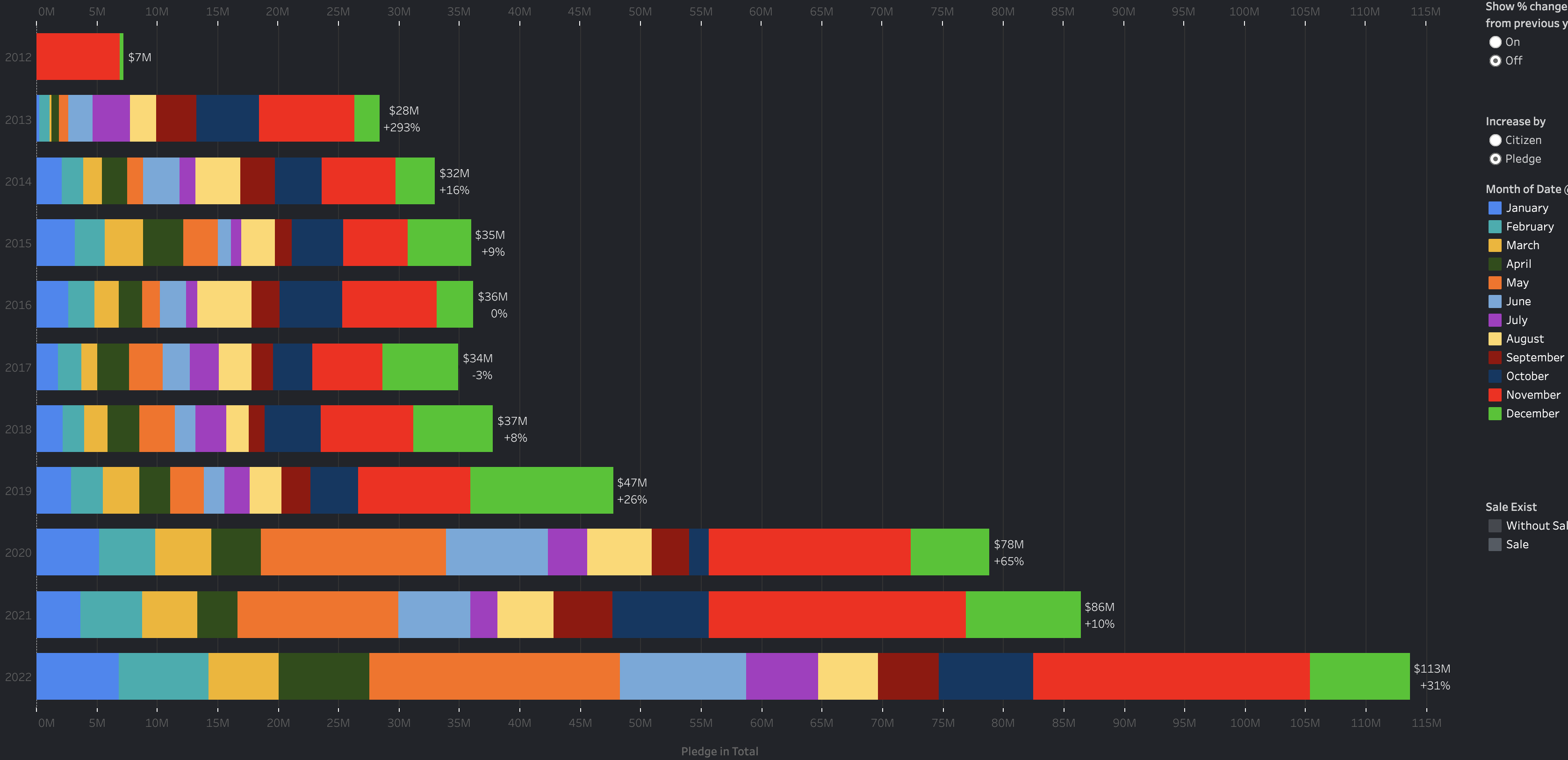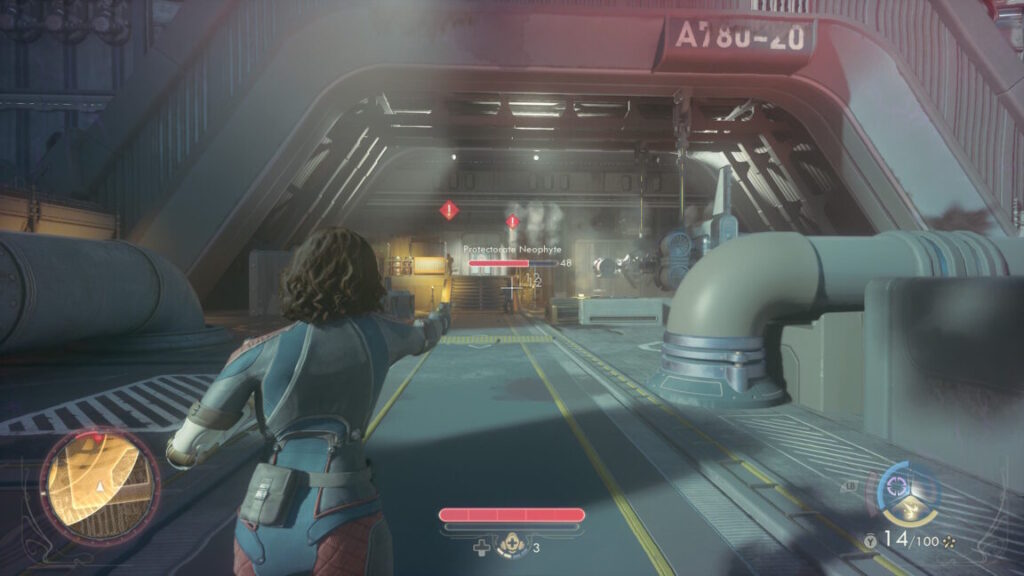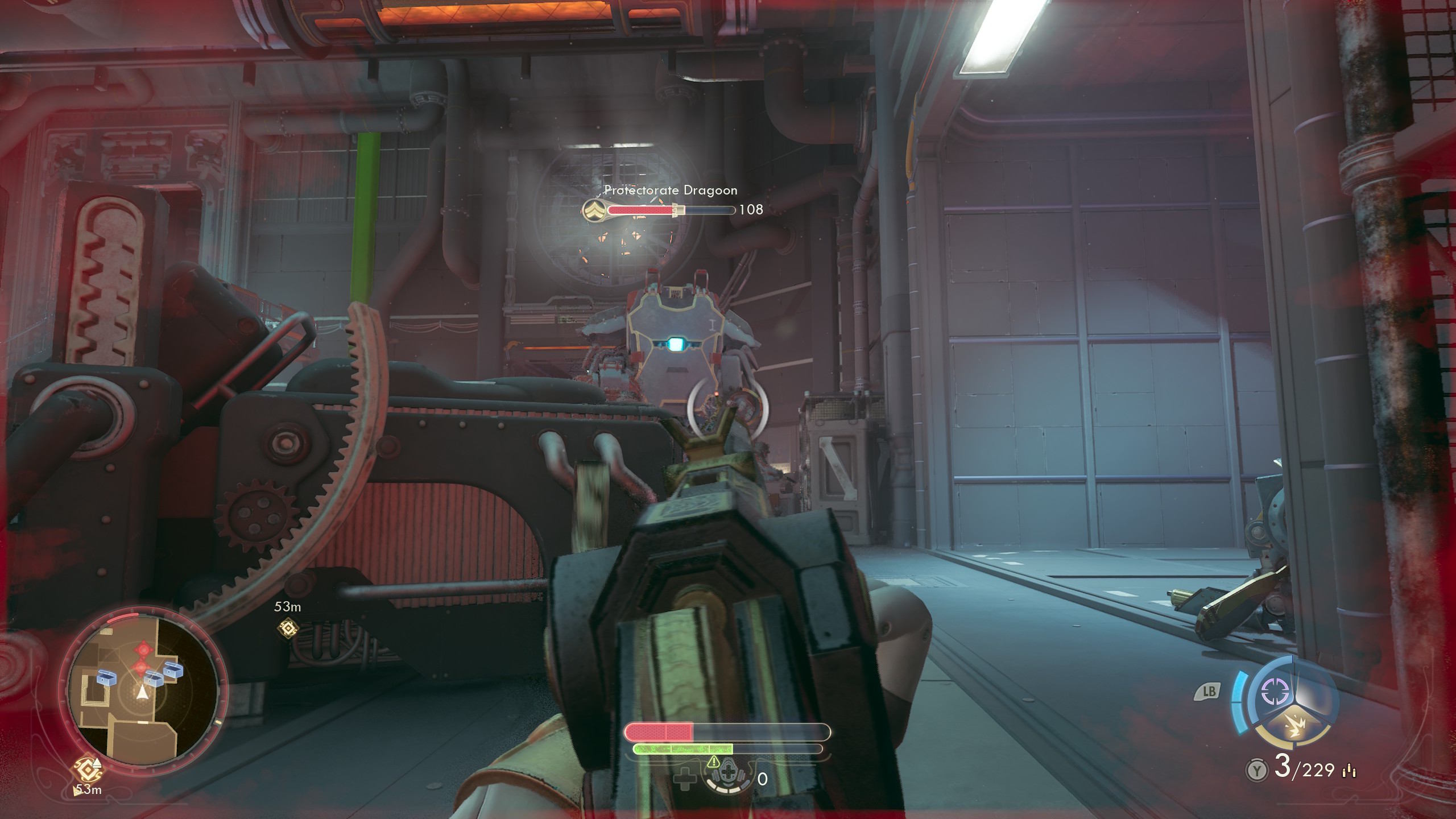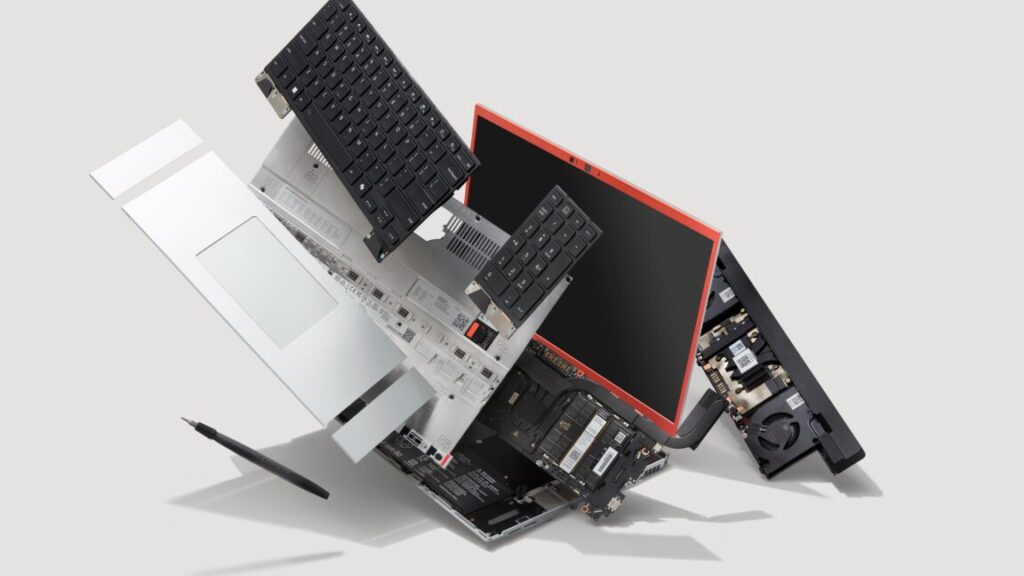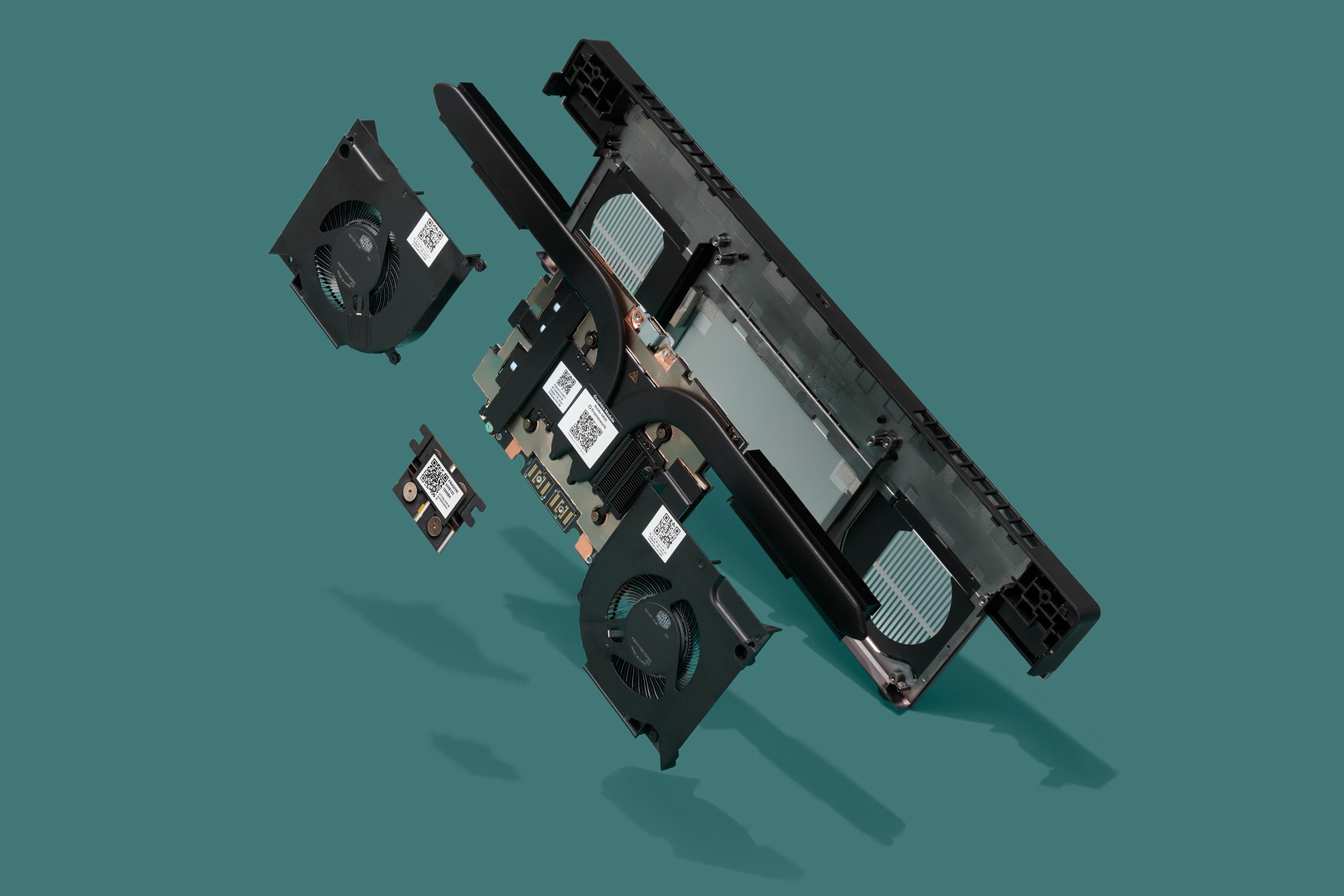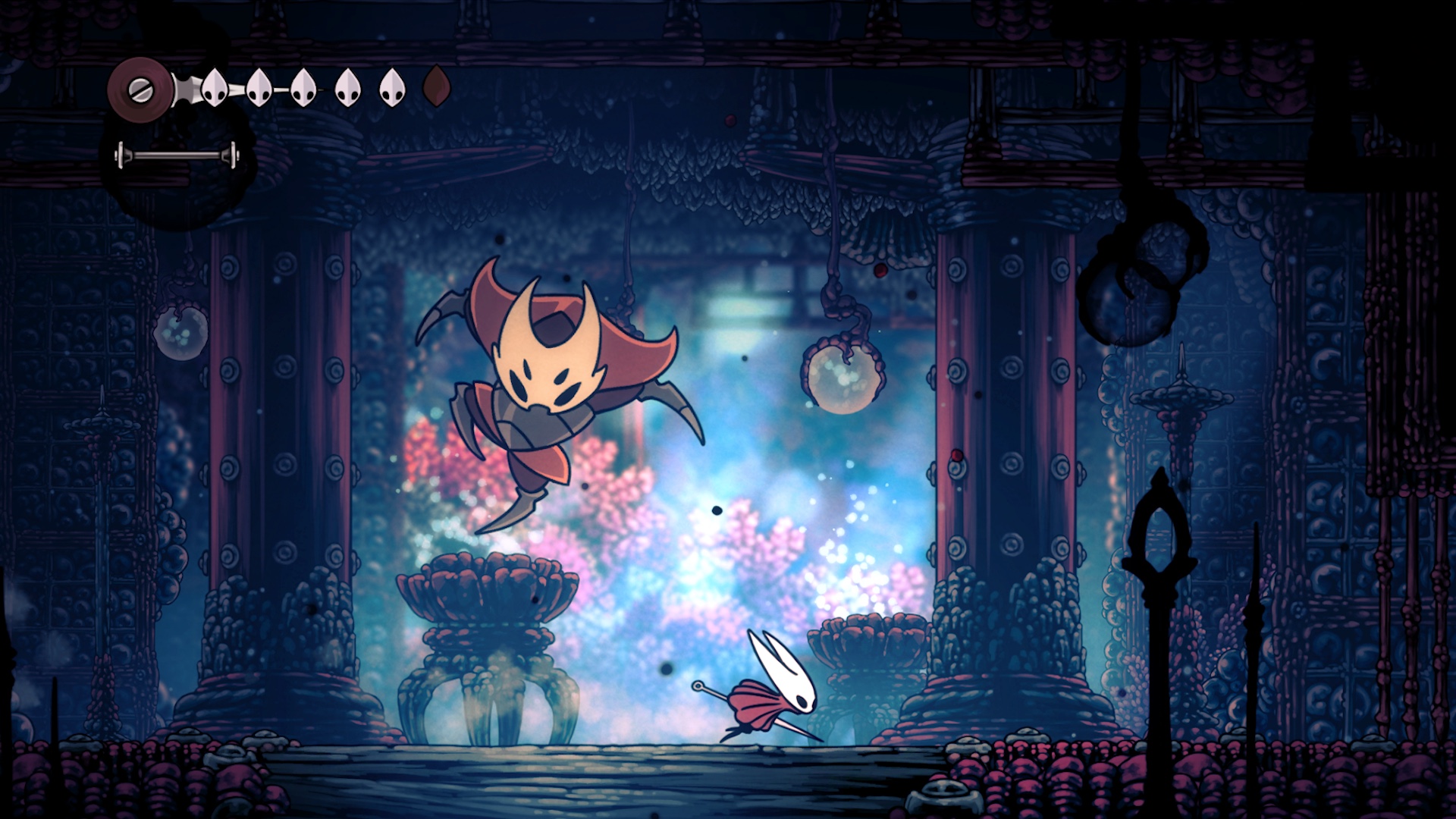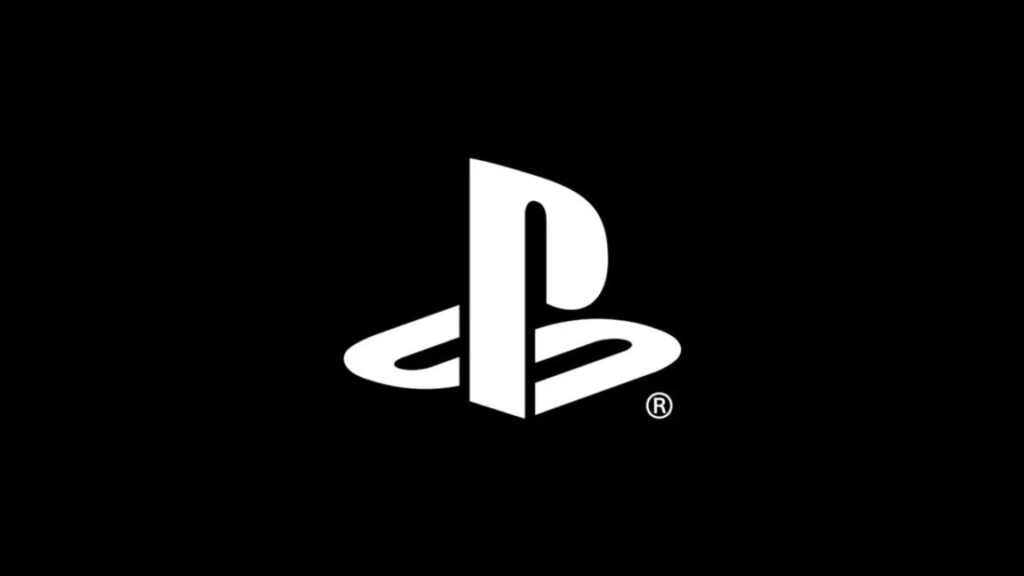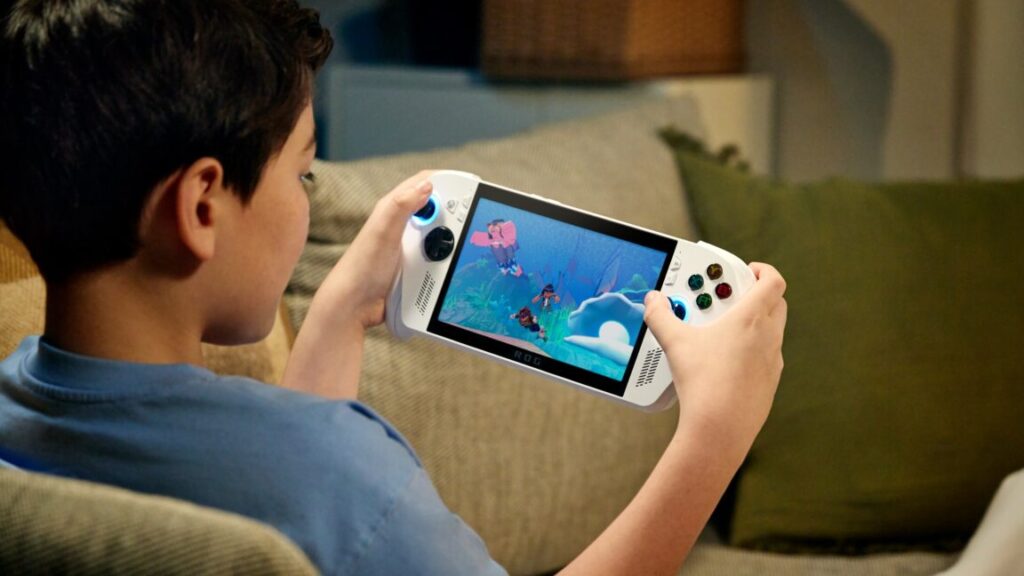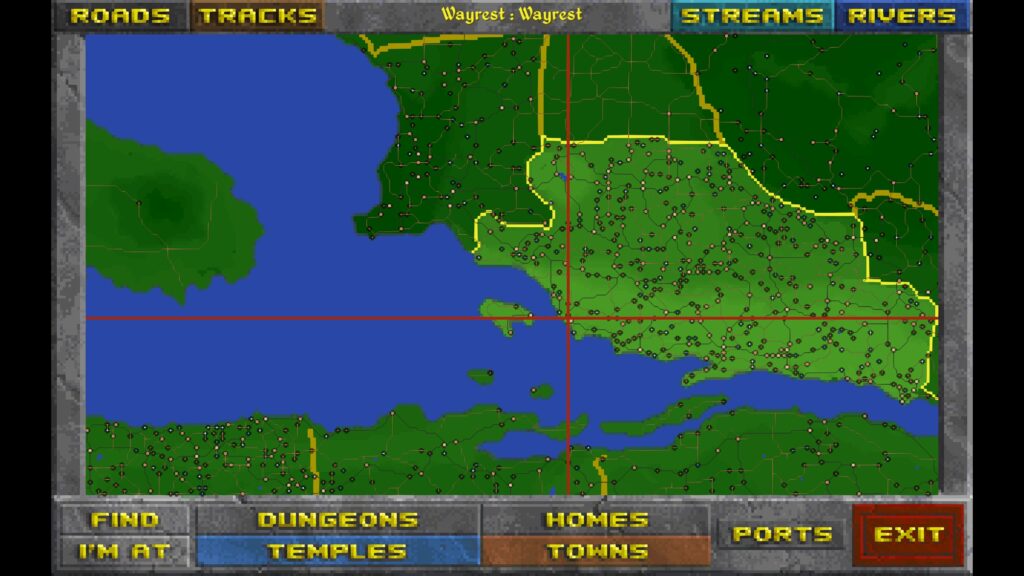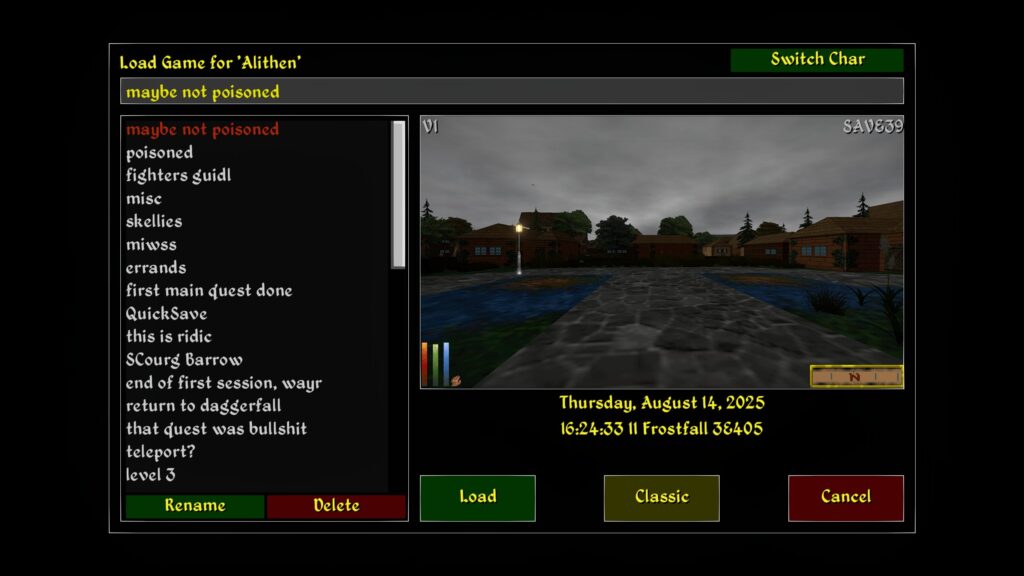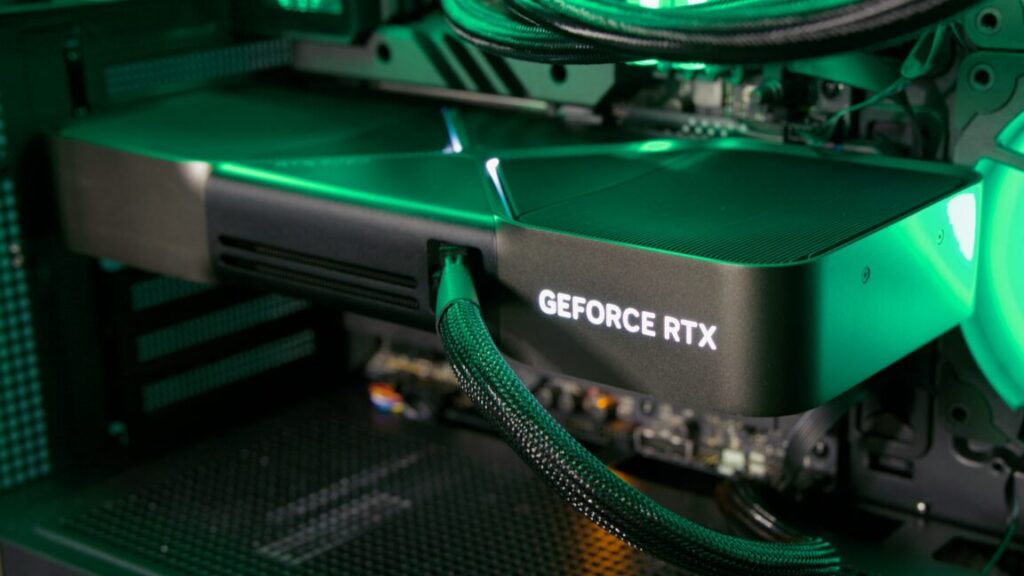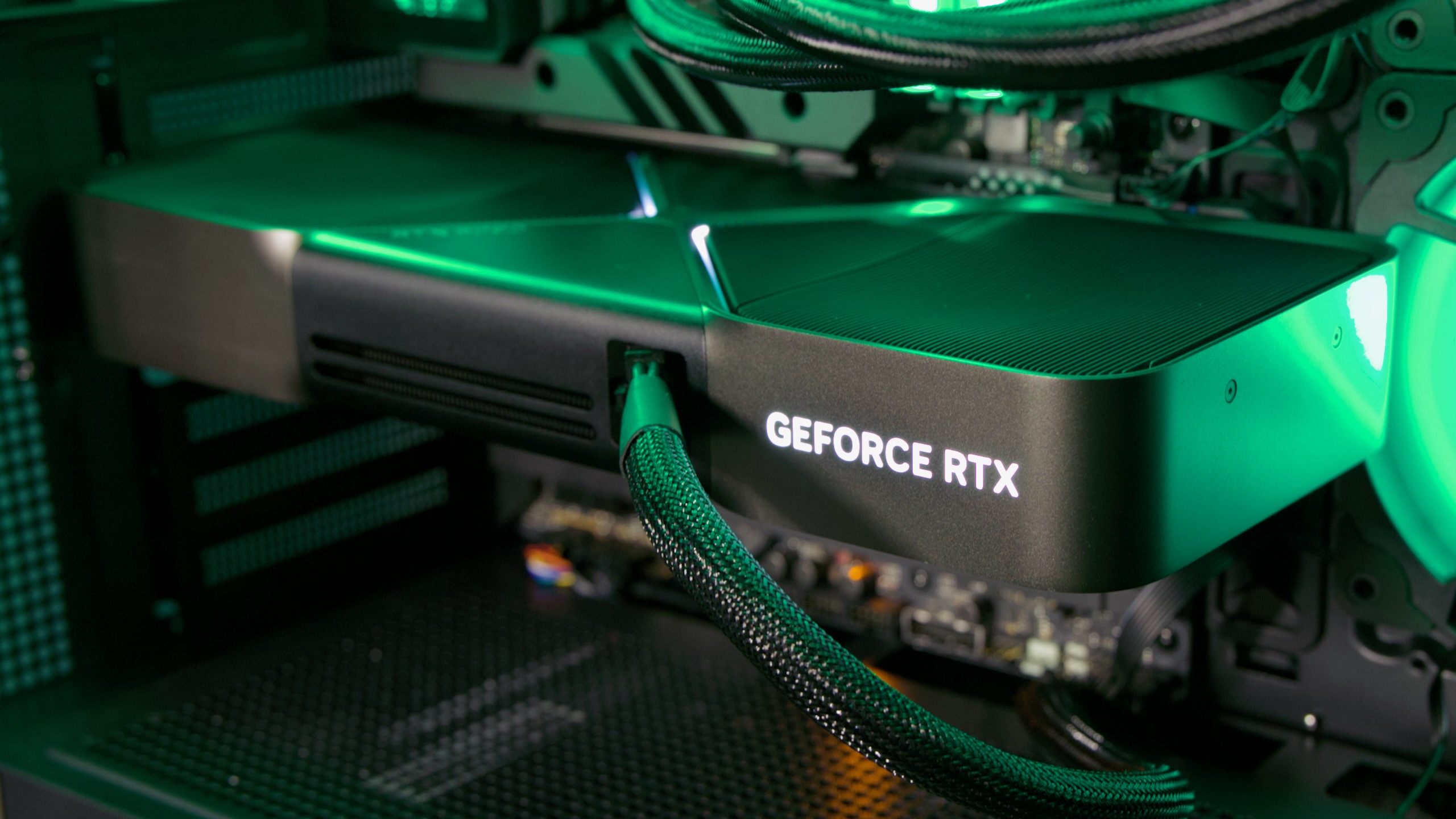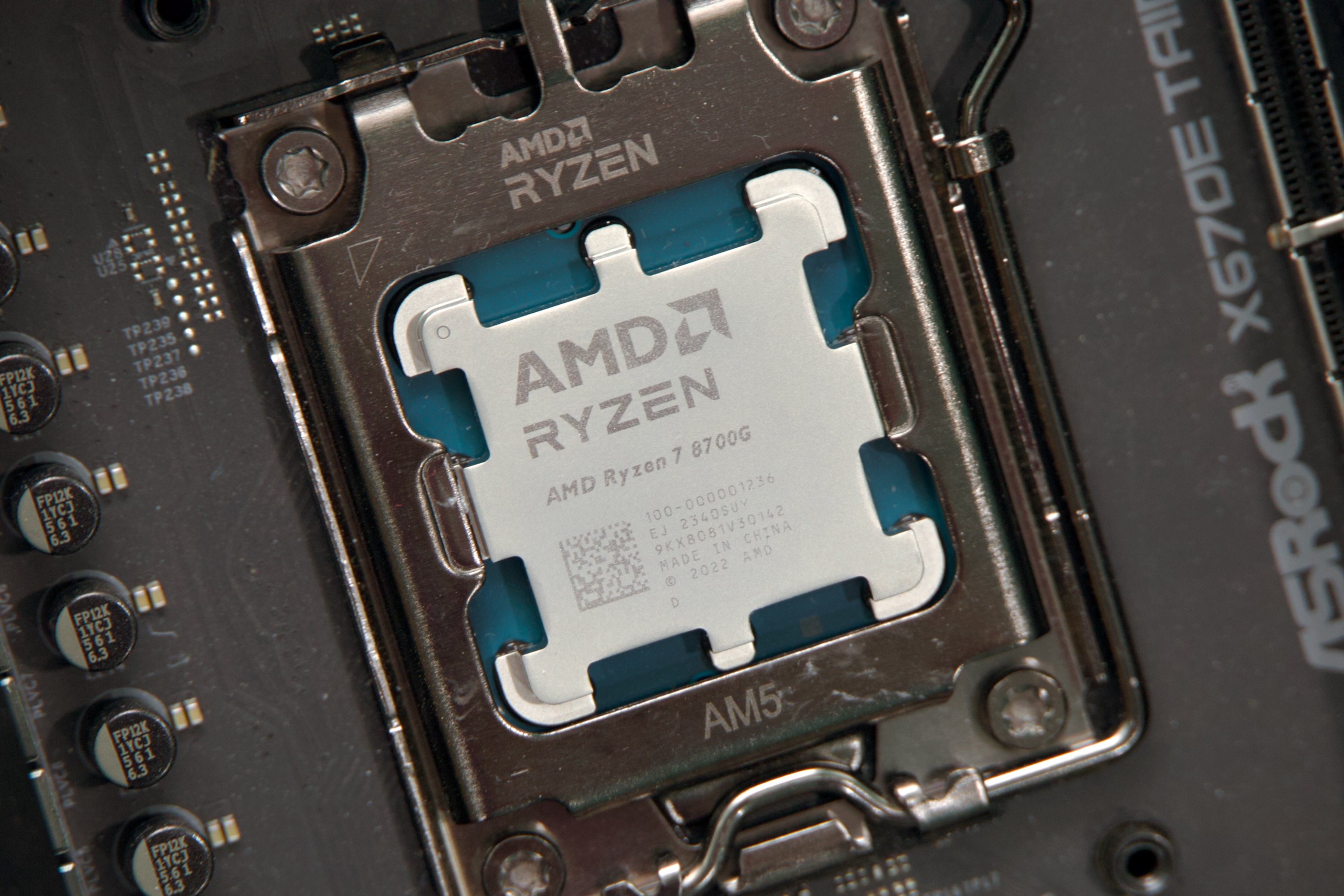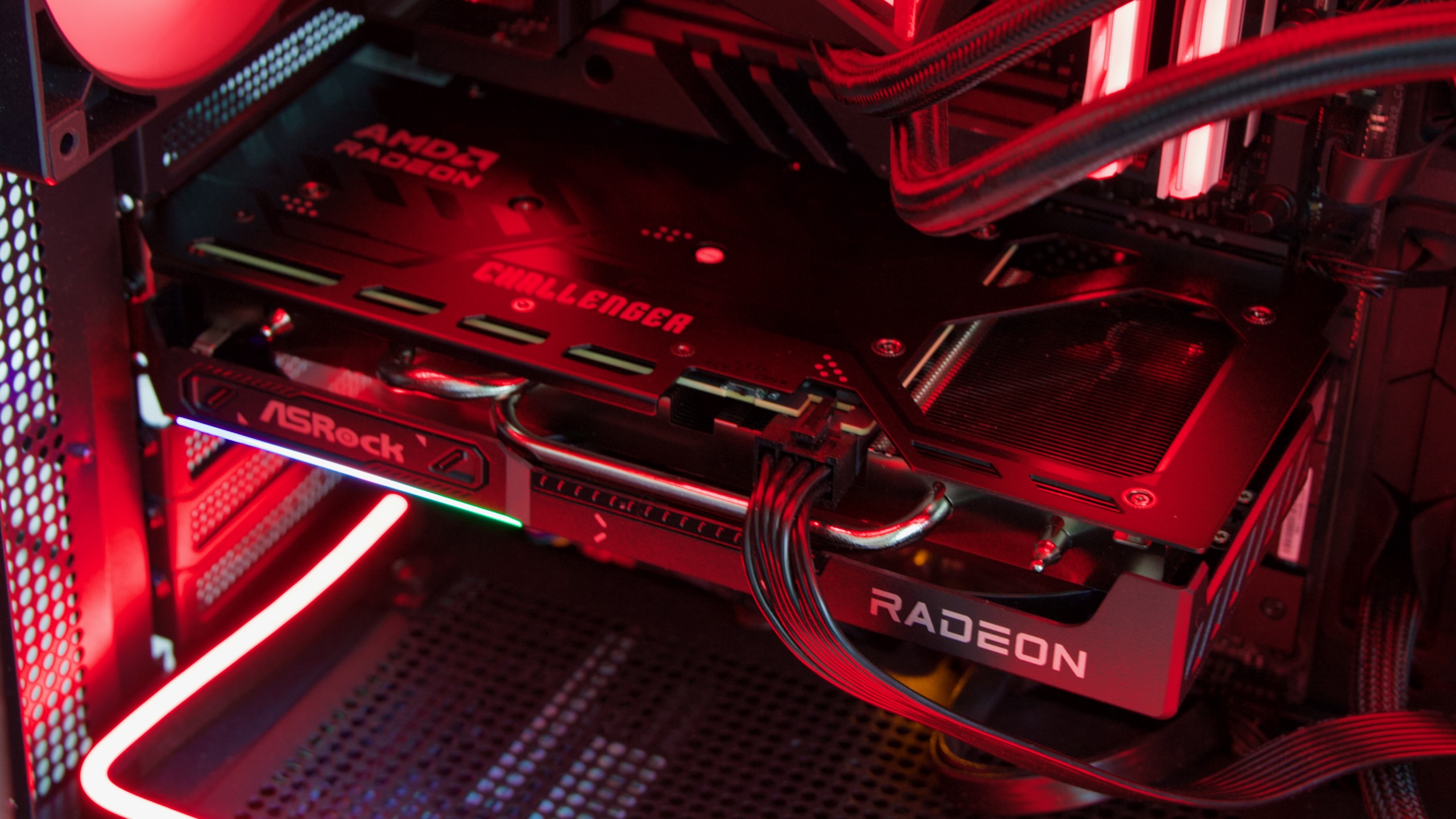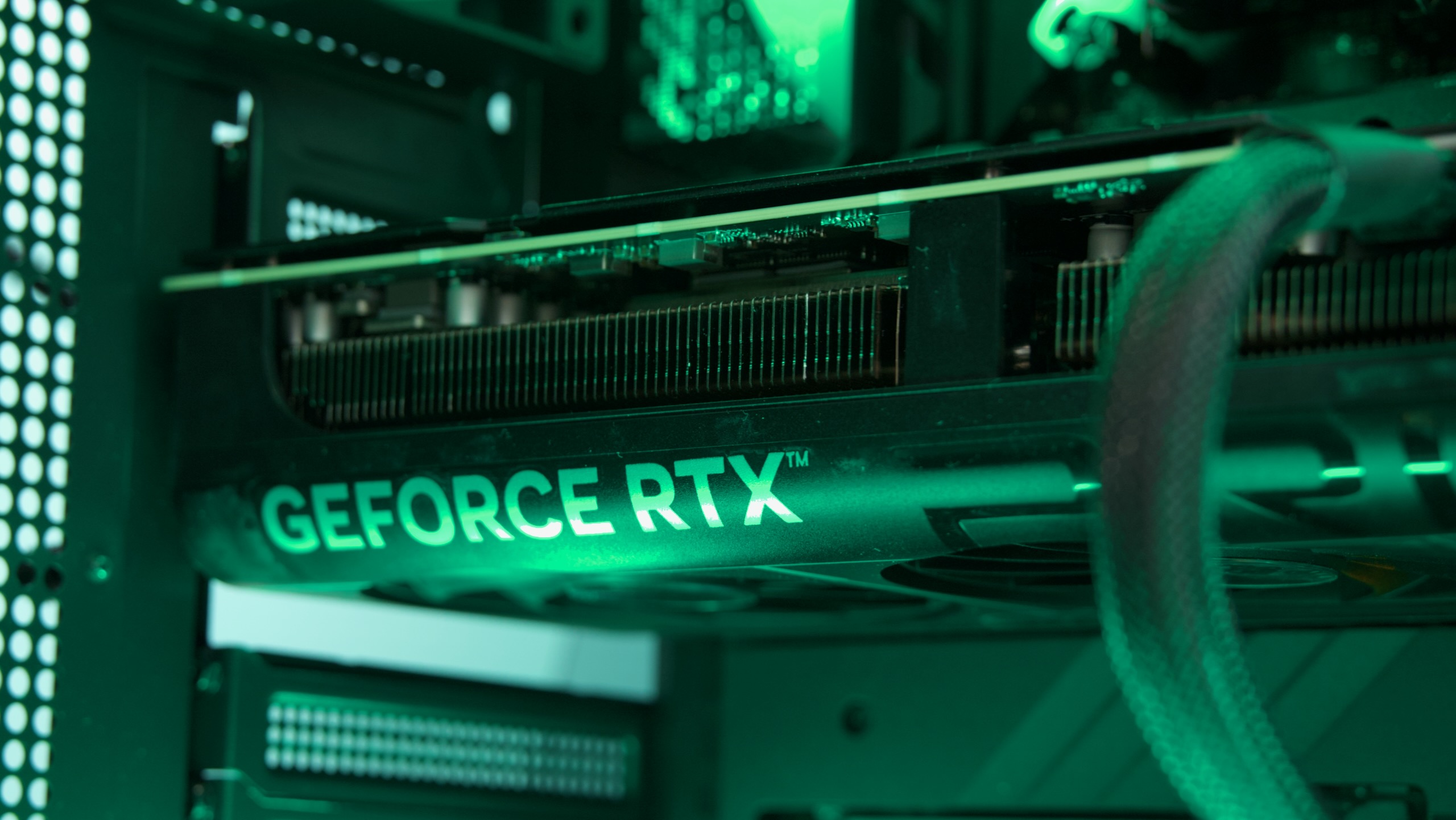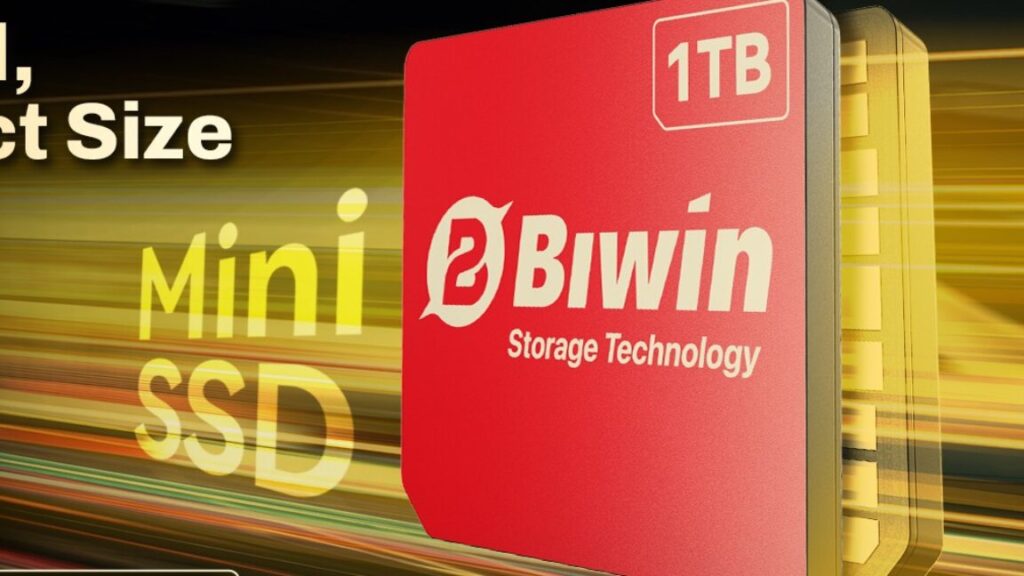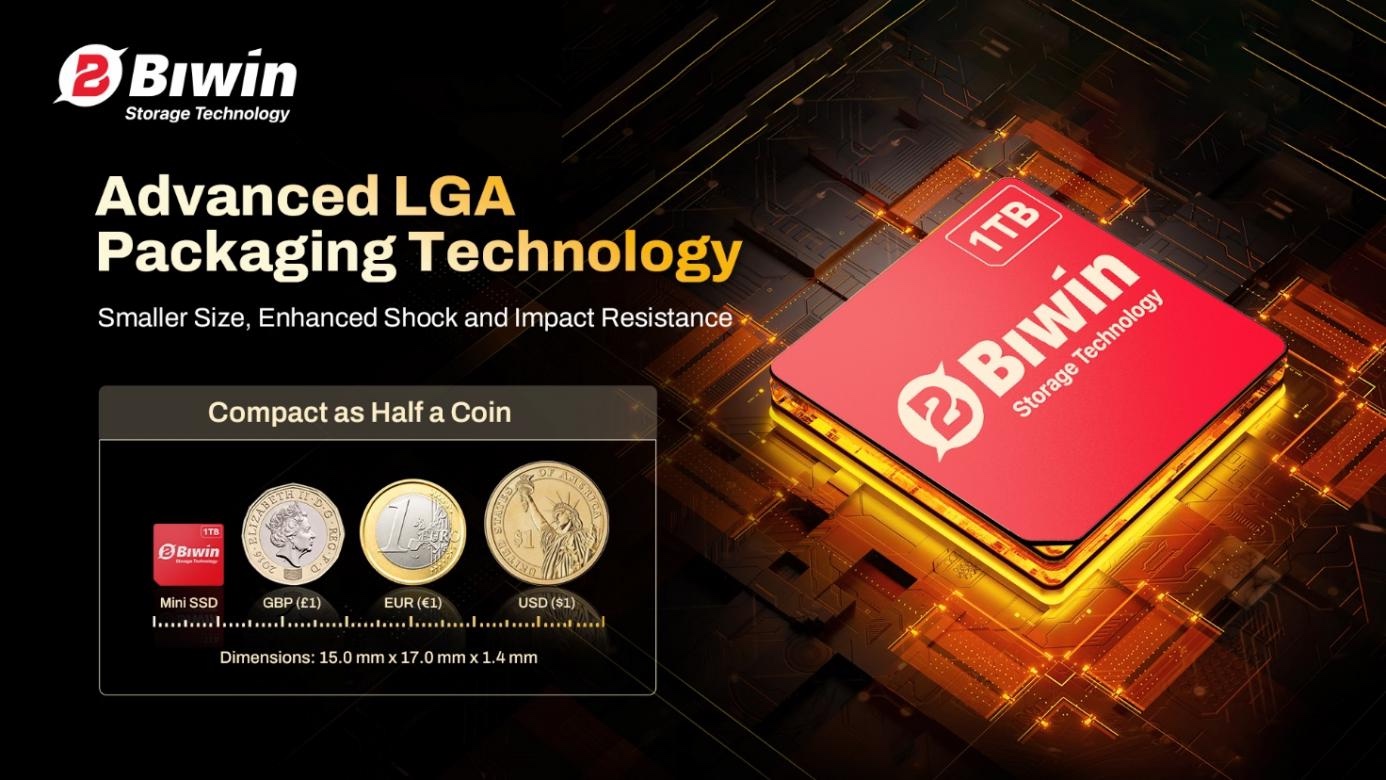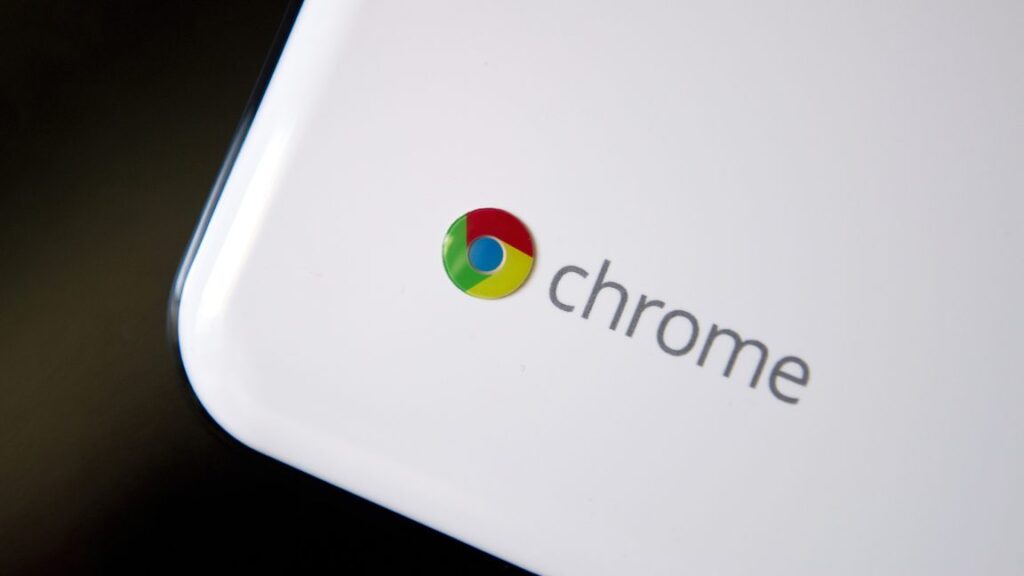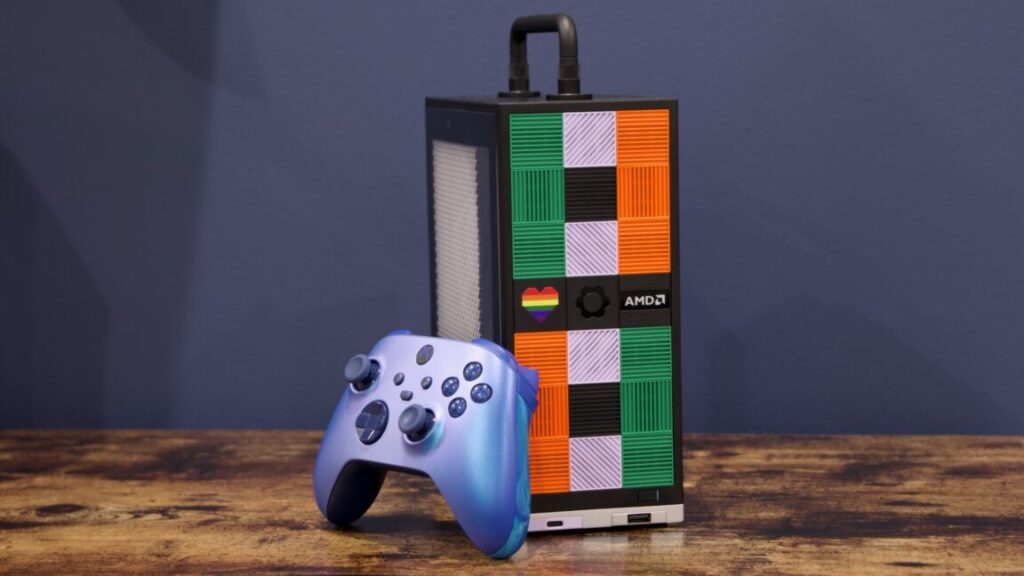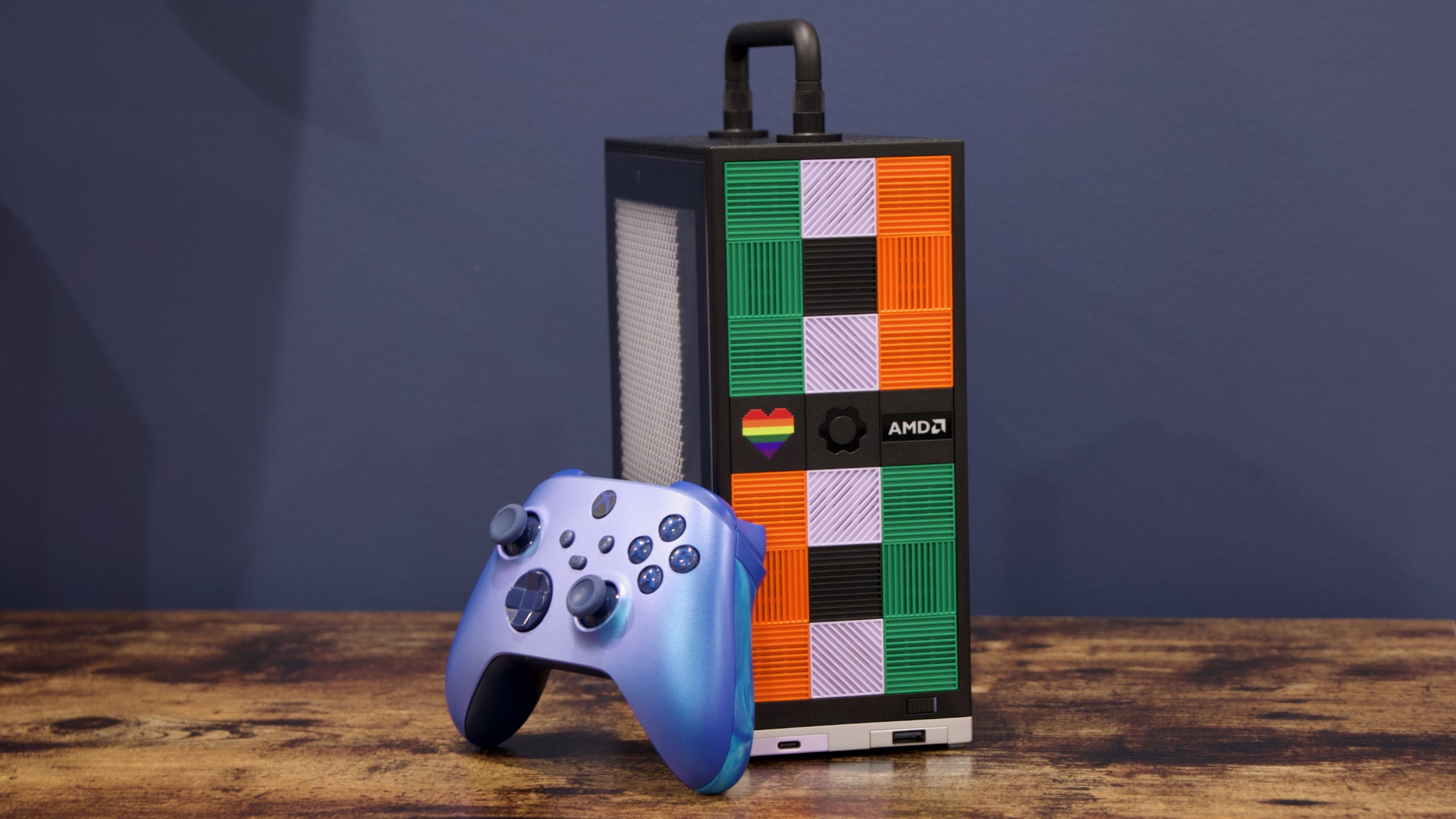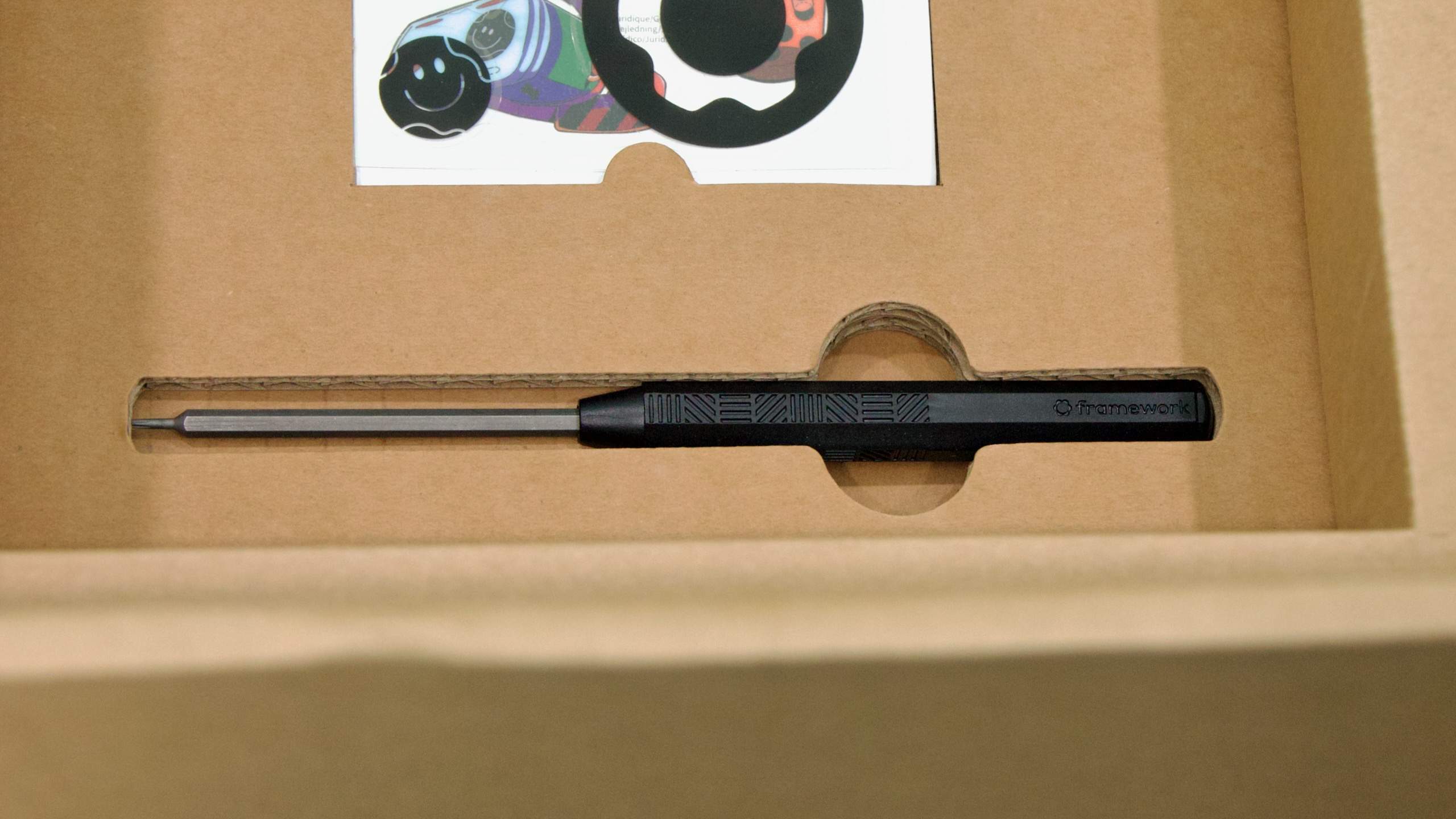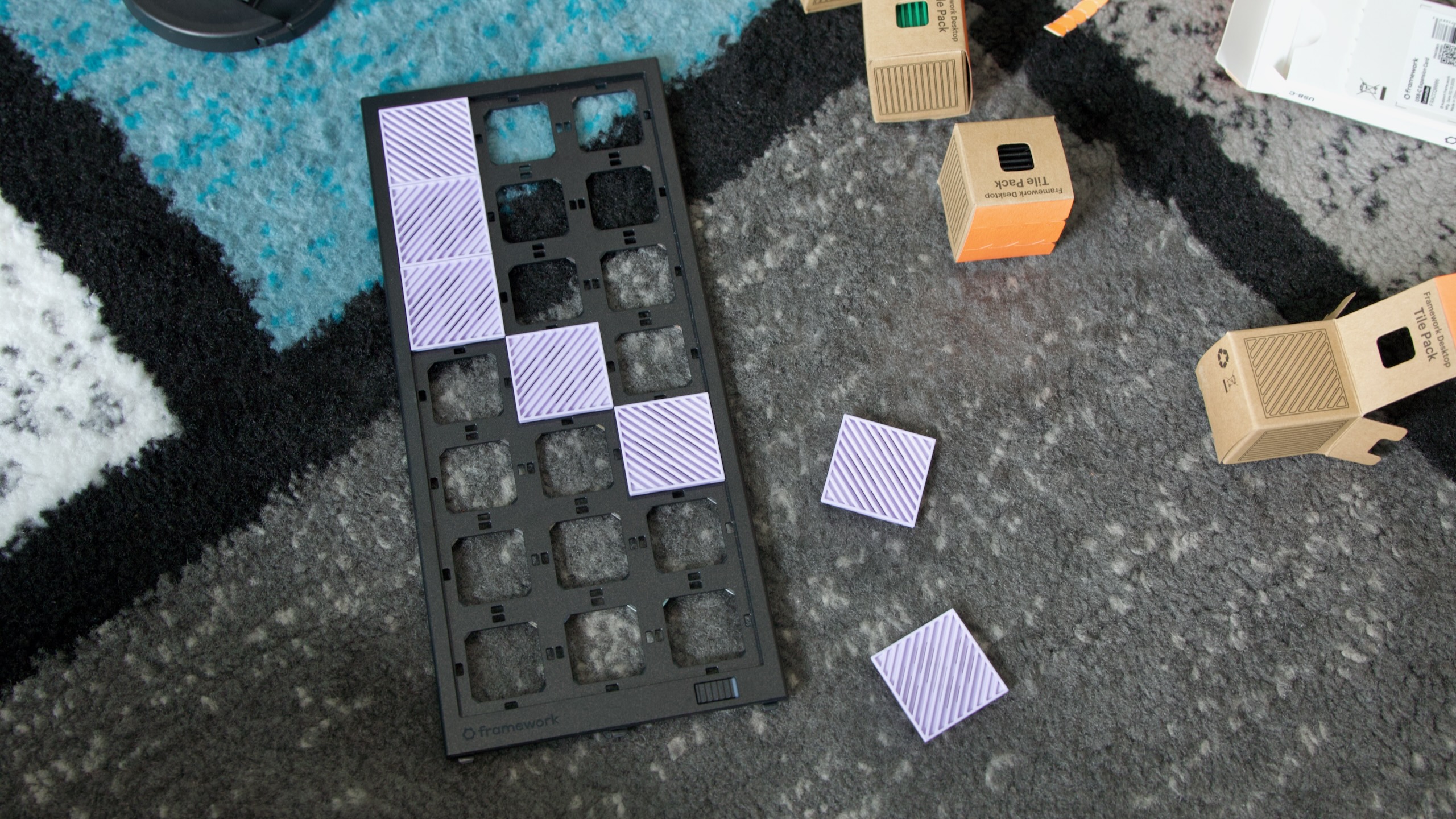Chris Roberts hopes Squadron 42 will be “almost as big” as GTA VI next year
The long and winding road
It’s hard to remember now, but Star Citizen‘s then-impressive $6.3 million Kickstarter campaign came just a few months before Grand Theft Auto V first launched on the PlayStation 3 and Xbox 360 (remember those?). But development on Rockstar’s long-awaited sequel didn’t start in earnest until 2020, publisher Take Two says, around the time Star Citizen developer Roberts Space Industries was settling a contentious lawsuit over game engine rights and rolling out a new development roadmap for the game.
A graph visualizing the growing crowdfunding for Star Citizen from 2012 (top) through 2022 (bottom). Credit: Reddit / Rainbowles
Of course, the development of Grand Theft Auto VI has happened completely behind closed doors, with developer Rockstar and publisher Take Two only occasionally offering tiny drops of information to a desperate press and fan base. By contrast, Roberts Space Industries has issued regular, incredibly detailed information dumps on the drawn-out development progress for Star Citizen and Squadron 42, even when that kind of openness has contributed to the public appearance of internal dysfunction.
The massive, ongoing crowdfunding that powers the open development structure “allows us to do things without imposing the framework of a typical video game studio,” Roberts told La Presse. “The players who fund us expect the best game, period. We don’t have to streamline, cut jobs, or change our business model.”
That pre-launch development cycle must eventually end, of course, and the La Presse report suggests that the full 1.0 release of Star Citizen is “now promised” for “2027 or 2028.” While we’d love to believe that, the history of Star Citizen development thus far (and the lack of any provided sourcing for the claim) makes us more than a little skeptical.
Chris Roberts hopes Squadron 42 will be “almost as big” as GTA VI next year Read More »

